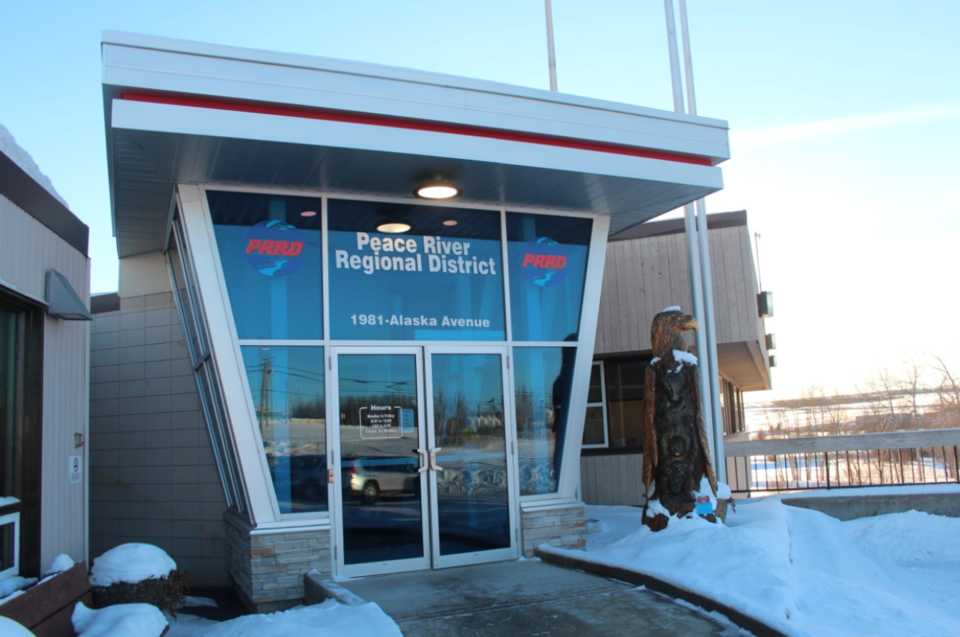Peace River Regional District directors expressed their concerns over a new regional growth strategy at their November 16 board meeting, requesting more details from staff on the process.
The project is intended to become a 20-year strategy once complete, helping to navigate a growing population, new service demands, the regional economy, climate change, and includes the member municipalities of Dawson Creek, Fort St. John, Taylor, Chetwynd, Hudson's Hope, Tumbler Ridge, and Pouce Coupe.
“I still haven’t heard that simple explanation of benefits, pros and cons, and I’m not sure that because there isn’t a regional district charter that just because it’s in the local government act, which is what we use to govern regional districts as well, makes it that easy,” said Area E director Dan Rose.
“Sometimes the easiest thing to do is create it, and then you have to live by it, and you also have to fund it,” he added. “So, I’m kind of curious how we would fund it.”
Currently, the strategy is funded through a grant, explained Rose, noting he’s still getting questions on what the strategy is actually for.
“We’ve got a sea can full of, and that’s a large metal building by the way, full of plans that we’ve done in the past that we’ve never used or that have aged out - and is this just another one of those? Like, I don’t know,” said Rose.
Ashley Murphey, the district's general manager of development services, says the strategy is closer to a business plan in many respects, with input from the involved municipalities, and uses the local government act as a framework, but noted she understands the concern.
“Historically, I will admit, something the planning department here has not done well, is the implementation and monitoring, right?” she said. “So, we create a plan, we set some policies and actions and objectives, but then it kind of goes by the wayside and get into the day to day hustle and bustle.”
“That’s not the intent for this - part of the scope of work is the development of that monitoring and implementation plan, and that’s a key focus for this area,” said Murphey.
The goal of the strategy to collectively focus efforts and set clear parameters with actionable items, she added, noting bylaws and policies can be updated as part of the process.
Area D director Leonard Hiebert asked if there was good way to sum up the strategy to make it more understandable to residents.
“I understand how it is and we sit at the table here, but if we want to get our residents to understand, it’s going to have to be a bit more simplified,” he said.
“It’s a regional visioning, that projects document that looks at where the region wants to go and together, and identify some steps that can be taken over the next number of several years to move towards the vision,” said strategy consultant John Ingram, with Ecoplan International.
Member municipalities are required to update their official community plans within two years of adopting a regional growth strategy.
“This project was built into our work plan for the next two years,” said Murphey. “So, not anticipating any additional staff resources at this time to get the project off the ground.”
District chief administrative officer Shawn Dahlen pointed out that the board directors had already agreed to move forward with the strategy.
“The board did resolve to initiate the work on the regional growth strategy, the board also gave resolution to apply for a grant to do this work, which we’ve been successful in,” he explained.
Work on the strategy began in August of 2023 and will continue until May 2025. For information on the strategy, you can click here.



